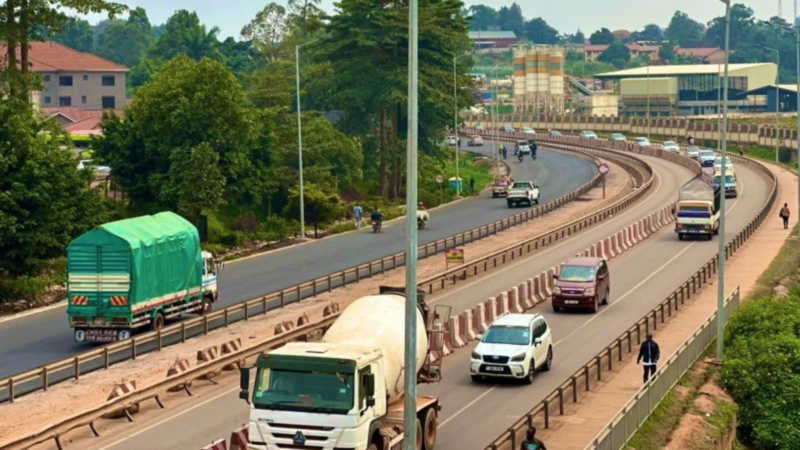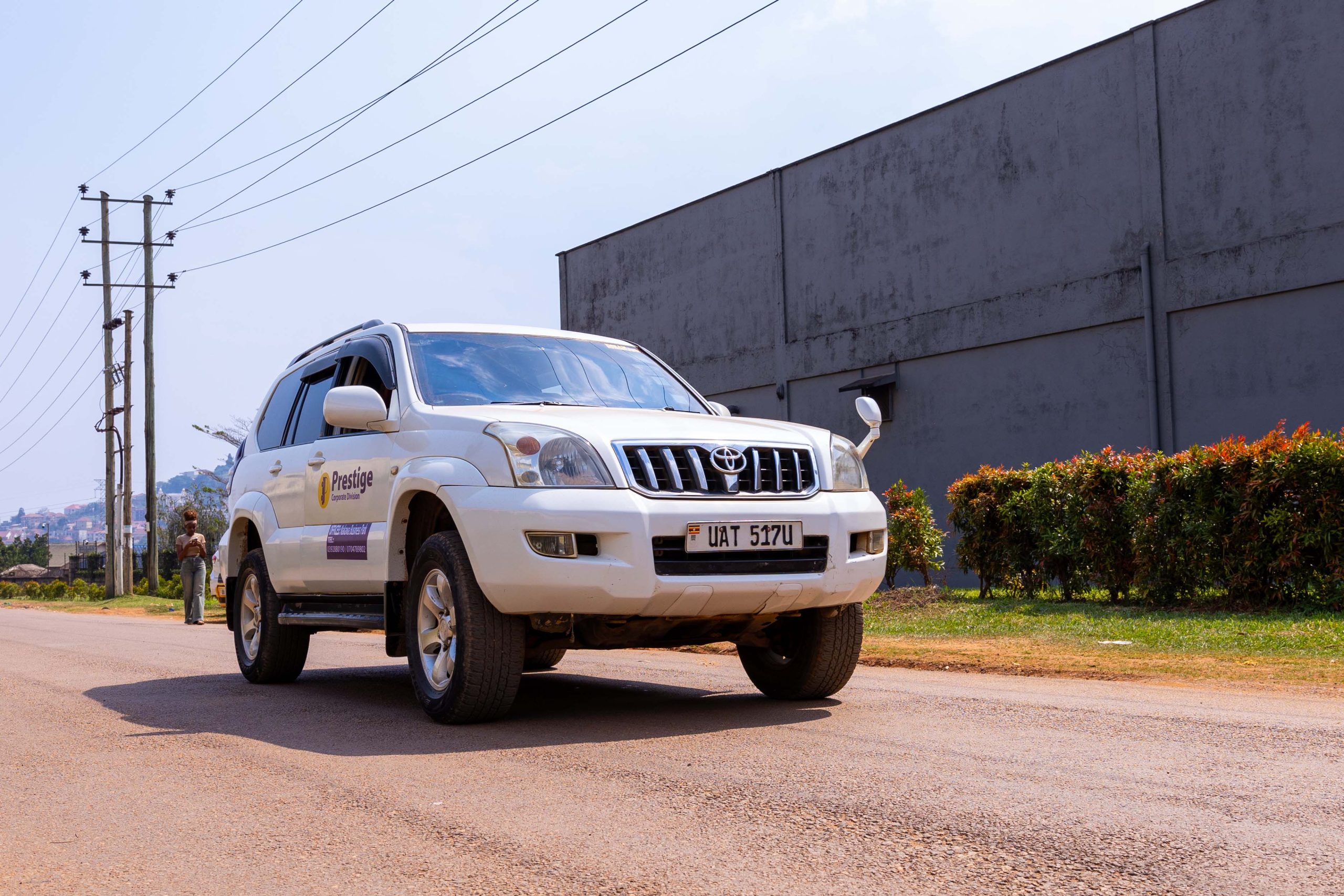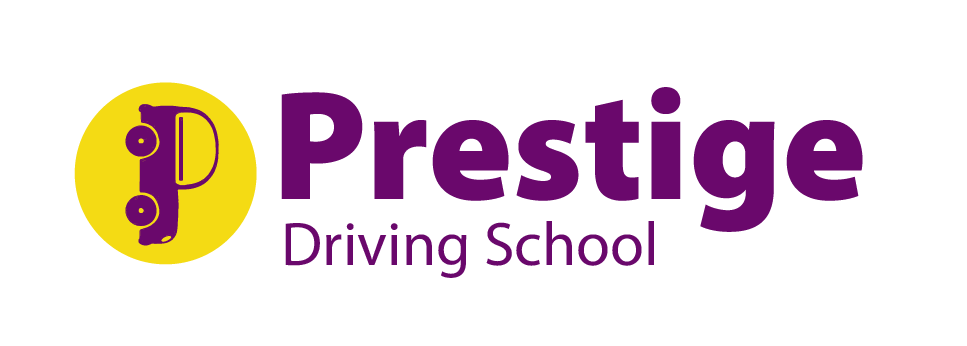Understanding Speed Limits in Uganda: Urban vs Highway Rules with Examples
Understanding speed limits in Uganda is essential for every responsible driver. With over 20 years in service, Prestige Driving School does not just train you to pass your driving test, we equip you with practical knowledge to drive safely and legally on Ugandan roads.
One of the most common and dangerous offenses committed by drivers on the road is speeding. To help you stay compliant and safe, let’s break down how speed limits in Uganda vary between urban and highway settings, using real examples.

1. Why Speed Limits Matter
Speed limits are designed to reduce road crashes, protect pedestrians, and ensure smoother traffic flow. In Uganda, where road traffic incidents are a major safety concern, following speed limits is not optional—it’s a legal and moral responsibility.
2. Who Sets the Speed Limits?
Speed regulations are enforced under the Traffic and Road Safety Act (Cap 361) and managed by:
- The Ministry of Works and Transport
- The Uganda Police Force – Directorate of Traffic and Road Safety
3. General Speed Limits in Uganda
The default national speed limits for different types of vehicles and areas are:
| Vehicle Type | Urban Areas (km/h) | Highways (km/h) |
|---|---|---|
| Private vehicles; cars and SUVs | 50 | 100 |
| Motorcycles | 50 | 80 |
| Public service vehicles; taxis and buses | 50 | 80 |
| Heavy goods vehicles; trucks and lorries | 50 | 80 |
Note: Always obey posted signs. Some roads may have special speed limits due to roadworks, curves, or high pedestrian presence.
4. Urban Speed Limits
Urban areas are zones with high pedestrian activity, intersections, and mixed traffic types. The default speed limit in urban settings is 50 km/h.
- Example: Jinja Road – Kampala section
As you enter Jinja Road from Nakawa into Kampala city, you’ll notice high traffic volumes, boda bodas, taxis, and pedestrians. Here, speed is restricted to 50 km/h, and in some areas even lower due to school zones or markets.
- Example: Kira Road near Kamwokya
This is a congested urban stretch with foot traffic and frequent traffic lights. Exceeding 50 km/h here not only risks a fine but endangers pedestrians crossing to places like Centenary Park or Acacia Mall.
- Special Zones – School and Hospital Areas
In front of Nakasero Primary School or Mulago Hospital, temporary signs often limit speeds to 30 km/h during school or visiting hours. Ignoring these can result in heavy penalties and endanger lives.
5. Highway Speed Limits
On highways and trunk roads, speeds are higher due to lower pedestrian traffic and better road conditions. However, different vehicles have different limits.
- Example: Kampala–Entebbe Expressway
This is Uganda’s first toll highway. For private cars, the limit is 100 km/h. However, speeding beyond that—especially on the sharp bends near Kajjansi—can be fatal. Police occasionally set up mobile speed traps along this route.
- Example: Kampala–Masaka Highway
Though a Class A road, it passes through multiple towns like Buwama, Lukaya, and Kyengera. In these townships, the speed drops to 50 km/h, enforced by speed humps and signage. Outside towns, it returns to 80–100 km/h.
Common Mistake:
Many drivers forget to slow down in town sections of highways—this is where most fines and accidents occur.
6. Enforcement of Speed Limits
The Uganda Police enforce speed limits using:
- Static speed cameras e.g., along Entebbe Expressway
- Mobile radar guns often seen on Jinja Road, Masaka Road, and Northern Bypass
- Roadblocks and spot checks
Penalties include:
- On-the-spot fines of UGX 100,000 or more
- Court appearances for excessive speeding
- Vehicle impoundment
- Suspension of driving license for repeat offenses
Learn more about learning with us:
Pro Tips from Prestige Driving School
Here are some practical ways to manage your speed and stay compliant:
- Use local landmarks: When you see police posts, fuel stations, or schools, expect reduced limits.
- Learn your routes: Familiarity with roads like Kampala Northern Bypass or Gulu Highway helps you anticipate changes in speed zones.
- Watch for signs: Many highways now have electronic speed limit signs—pay attention to them, especially when entering or exiting urban centers.
- Check your dashboard: Most modern cars have speed limit warnings or cruise control—use them, especially on long highway drives.
Conclusion
Whether you’re driving through the busy streets of Kampala or on a long-distance trip along the Kampala–Gulu Highway, knowing the legal speed limits in Uganda and adjusting your driving accordingly—is key to your safety and legal compliance.
At Prestige Driving School, we train drivers to be alert, informed, and responsible. Understanding the difference between urban and highway speed rules not only protects you from fines but can save lives.
Ready to Learn More?
Join the thousands of drivers who trust Prestige Driving School for quality driver education in Uganda. Book your lessons now, or visit our website to learn more about traffic laws, practical tips, and road safety updates.
Sign up the form to subscribe to our Newsletter.



